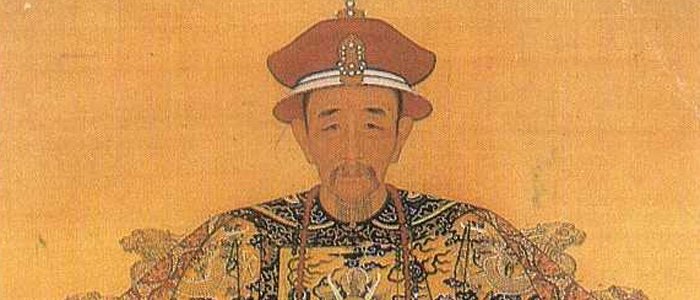Lines and hexagrams
(from the The Original I Ching Oracle , Watkins Publishing, London, 2005, Introduction)
The hexagrams of the Yi Jing are based on a binary code whose elementary units are
the opened line (--- ---)
and the whole line (---------).
(In the Eranos Yi Jing the yin line is called “opened,” rather than “open,” because “open” is the name of one of the trigrams: the two terms correspond to different Chinese ideograms and have different connotations.) The opened line is supple and is associated with yin; the whole line is solid and is associated with yang. Yin and yang are the fundamental categories of Chinese cosmology, the primary duality arising from the original One:
Dao begets One.
One begets two.
Two begets three.
And three begets the myriad beings.
(Lao Zi, chapter 42)
Yang is associated with action, initiating, expanding, heaven, fire, sun, bright, dry, hard, male, etc. Yin is associated with form, receptive, contracting, earth, water, moon, dark, moist, soft, female, etc. All phenomena, the “myriad beings” are generated by the interaction of yin and yang.
Just as fundamental as this basic duality in Chinese thought is the idea of change and transformation. The Chinese world view is essentially dynamic and cyclical: all things constantly change, the only permanent reality is change. Thus yin and yang are not static categories. They are animated by a cyclical movement which transforms them into each other, just as day turns into night and then into day again, and the seasons follow each other in their yearly round.
The key symbol of this cyclical movement is the tai ji:
[Figure 1] The tai ji
When the light quality (yang) reaches its culmination, it gives birth to the seed of the dark quality (yin), which at that moment begins to grow. When the dark quality reaches its apex, it develops inside itself the seed of the light quality, which at that moment begins to grow. Noon is when the sun starts setting, midnight is when it starts climbing back towards the horizon. Thus all culmination is necessarily followed by a decrease and all descent by an ascent:
Being and non-being give birth to each other.
Difficult and easy complement each other.
Long and short appear in contrast to each other.
High and low incline toward each other.
(Lao Zi, chapter 2)
In the Yi Jing, yin and yang are represented by the opened and the whole line. The opened line is yin, supple, flexible, pliant, tender, adaptable. The whole line is yang, solid, firm, strong, unyielding, persisting. And just like the two fundamental qualities they represent, the opened and the whole line are animated by a movement that transforms them into each other. For each type of line we are thus led to consider two possibilities: the line can be “young,” i.e. still fully expressing its own nature, or “old,” i.e. past its culmination and ready to transform into its opposite. Altogether we have therefore four types of lines:
lao yin, old yin --- x ---
shao yang, young yang ---------
shao yin, young yin --- ---
lao yang, old yang --- o ---
The young lines are stable lines, while the old lines are transforming: they are animated by a movement into their opposite and are therefore dealt with in a special way.
Leaving aside for the moment the issue of transformation and focusing merely on the yin or yang quality of the lines, they can be combined to form a six-line figure, a hexagram, in sixty-four possible ways.
When consulting the I Ching the hexagrams are triggers for the inner process that will lead you to your answer. Each corresponds to a basic configuration of archetypal energies. The Chinese saw the sixty-four hexagrams as an exhaustive catalog of all possible processes between heaven and earth:
The Book of Changes is vast and great. When one speaks of what is far, it knows no limits. When one speaks of what is near, it is still and right. When one speaks of the space between heaven and earth, it embraces everything.
(Xi Ci, I, 6, Wilhelm-Baynes translation)
You will use the specific hexagram texts identified by casting the yarrow stalks or tossing the coins as seeds of an associative process to clarify the dynamic forces at work in your situation and in your psyche.
